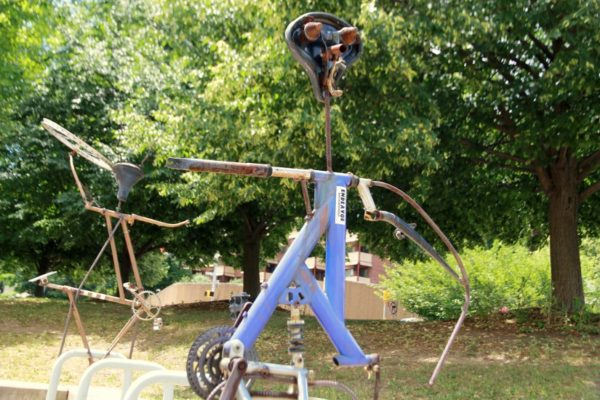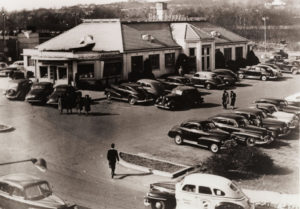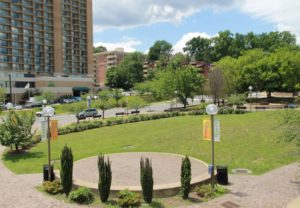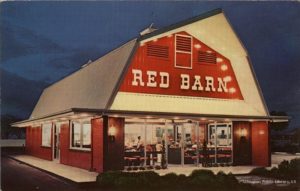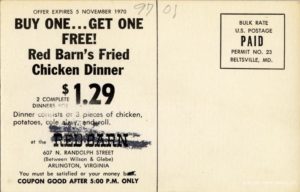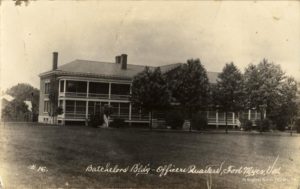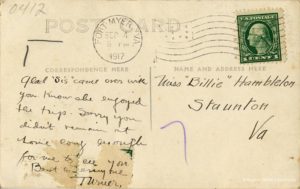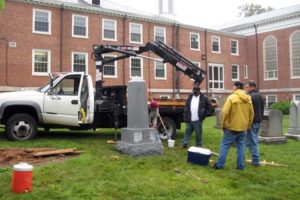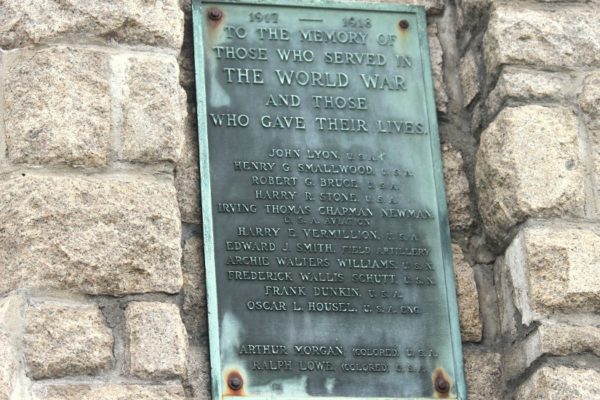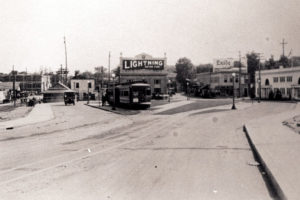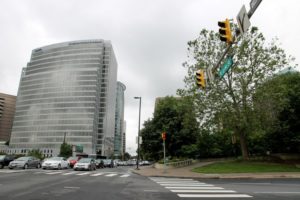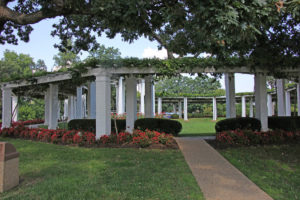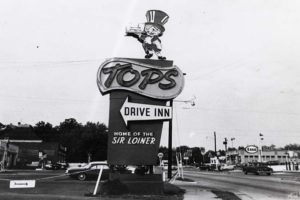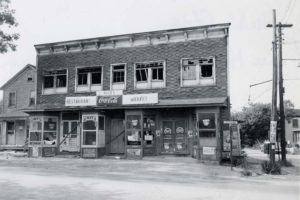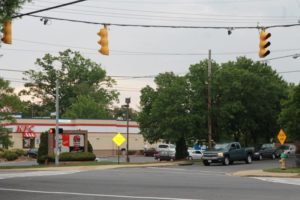Old Arlington Remembered — Long-time Arlington resident Judy Downs Tinelli recalls the Arlington of her childhood: Sycamore Street was a stream, her neighbor had a herd of cows, and those in the District considered her dad’s 20 minute commute (from what is now East Falls Church) excessive. [WAMU]
Moran Styrofoam Amendment Fails — A measure proposed by Rep. Jim Moran (D), which would have amended a legislative branch appropriations bill to ban polystyrene foam food and beverage containers from congressional cafeterias, failed in the House on Friday. Moran’s general election opponent, Republican Patrick Murray, issued a statement about Moran’s amendment. “Seriously, Jim?,” Murray asked. “Are you really willing to spend all of your time on Styrofoam instead of creating jobs?” [The Hill]
Pottery Barn Offers ‘Arlington’ Sign — Via Shirlington Village Blog Spot, we learn that Pottery Barn is currently offering a 66 inch by 12 inch wall sign that says “Arlington” in bold, black letters on a distressed cream-colored background. The sign is currently on sale for $119.00. [Pottery Barn]
Hotel Celebrates LEED Gold Certification — On Monday, the Renaissance Arlington Capital View hotel in Crystal City celebrated its recent award of LEED Gold environmental certification. Among those on hand at the celebration was David Marriott, grandson of Marriott International founder J.W. Marriott. The Renaissance chain of hotels is owned by Marriott.


